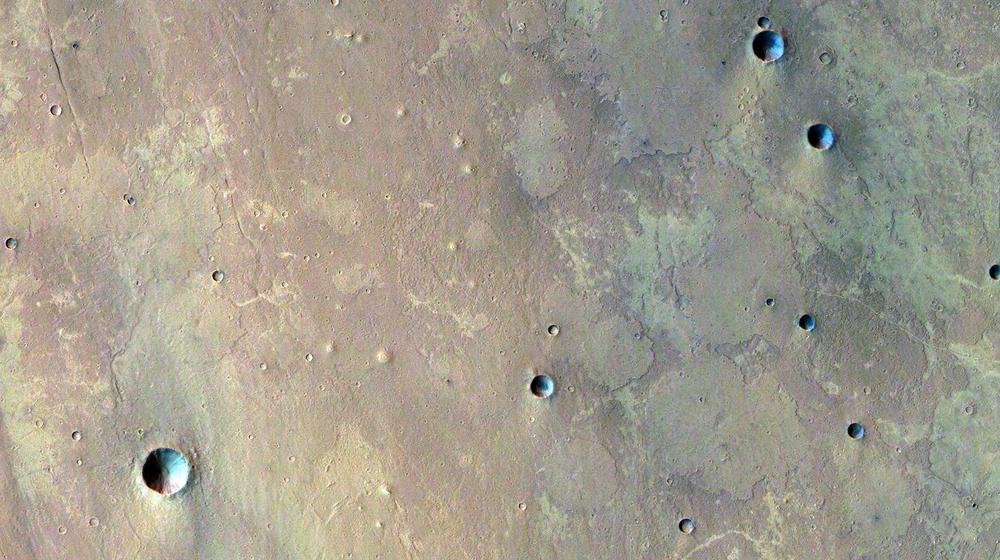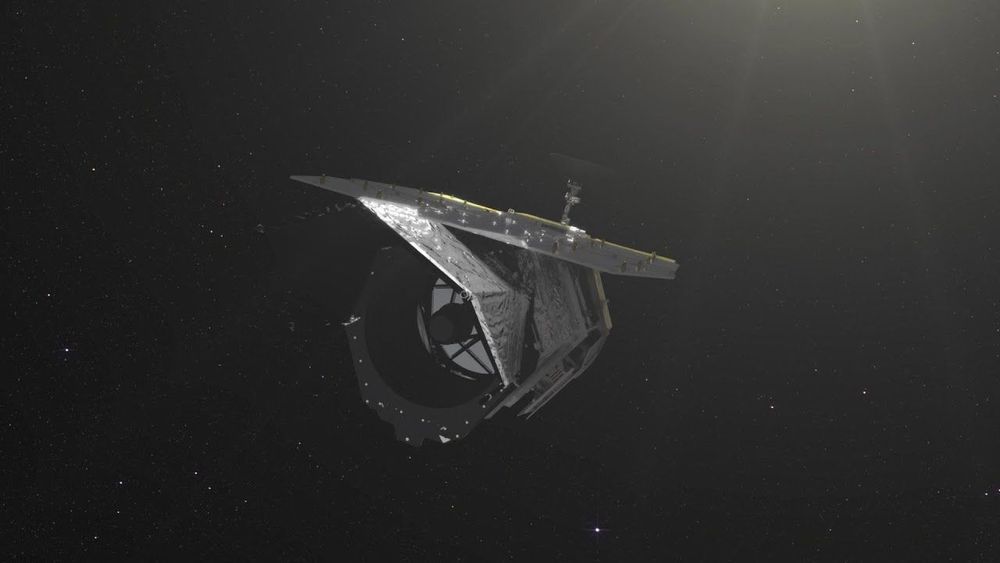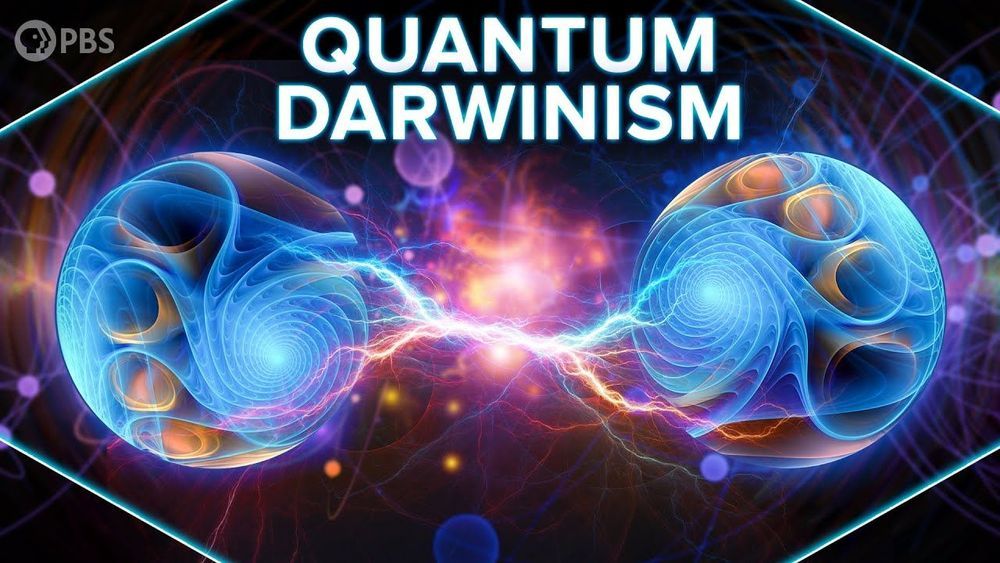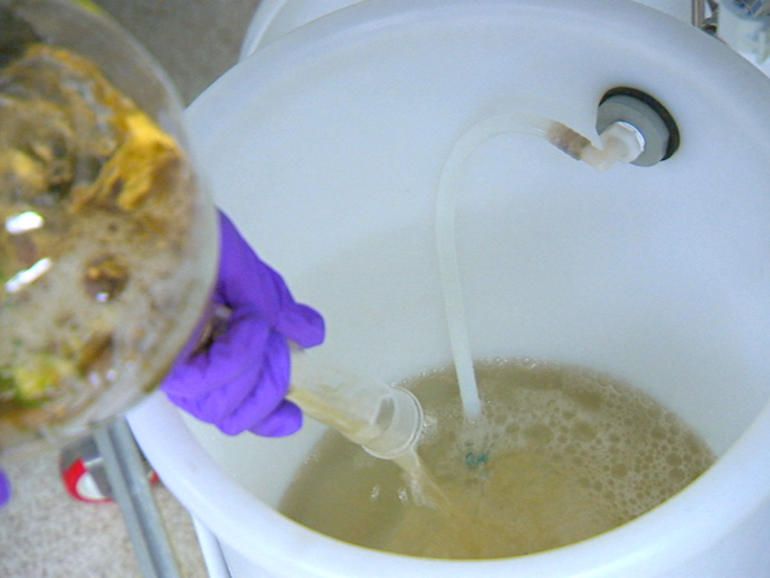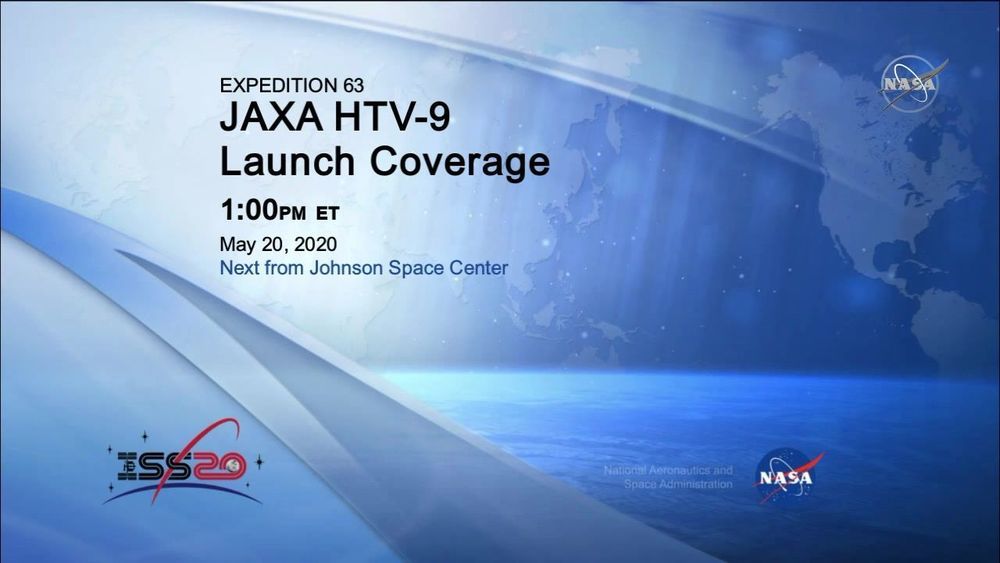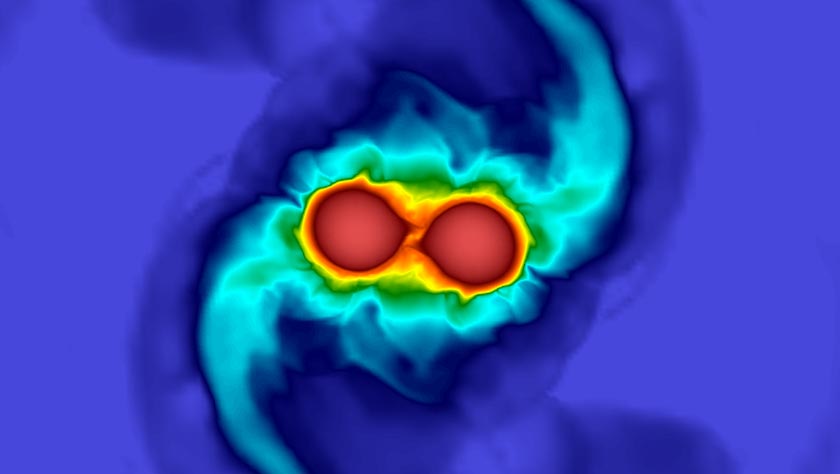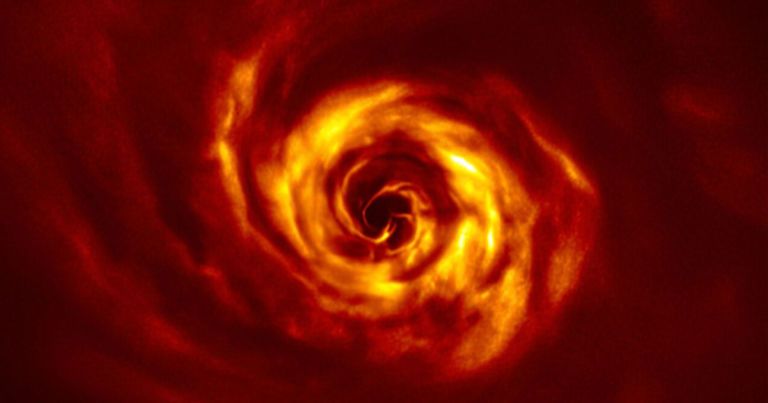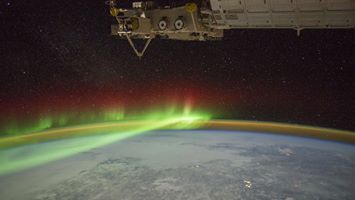
Airglow is the constant, faint glow of Earth’s upper atmosphere created by the interaction between sunlight and particles in this region. The phenomenon is similar to auroras, but where auroras are driven by high-energy particles originating from the solar wind, airglow is energized by ordinary, day-to-day solar radiation.
Studying airglow gives scientists clues about the upper atmosphere’s temperature, density, and composition, and helps us trace how particles move through the region itself. Two NASA missions take advantage of our planet’s natural glow to study the upper atmosphere: ICON focuses on how charged and neutral gases in the upper atmosphere interact, while GOLD observes what’s driving change — the Sun, Earth’s magnetic field or the lower atmosphere — in the region.
By watching and imaging airglow, the two missions enable scientists to tease out how Earth’s weather and space intersect, dictating the region’s complex behavior. https://go.nasa.gov/2RJax4x
